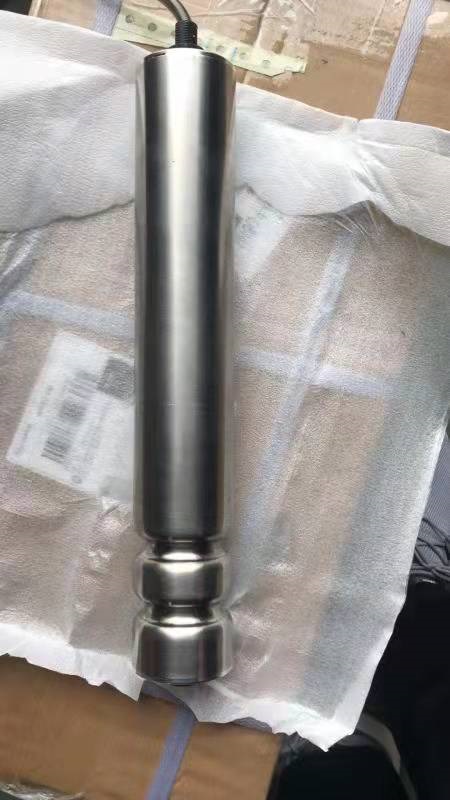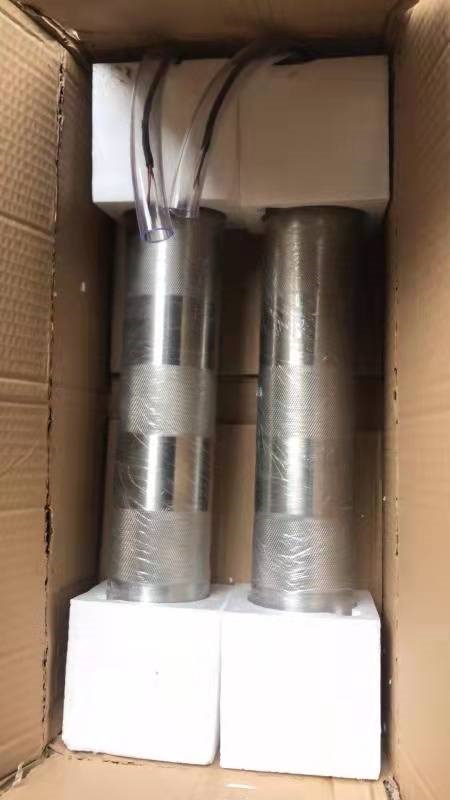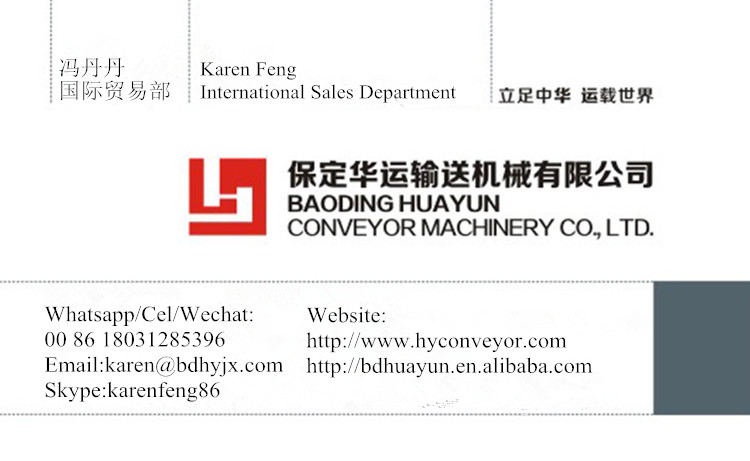E-mail : huayun@bdhyjx.com
Gravity Roller
304 stainless steel for corrosion resistance
ABEC-1 bearings with 304 stainless steel balls
Sealed bearings are available for wash down applications
Spring-loaded on both ends for ease of installation
Available in all standard tubing diameters
HuaYun oFFERS a wide range of roller conveyor diameters shaft sizes as well as options for polyurethane and vinyl coating for select models. Roller brackets are also available for custom installation of single or multiple rollers. We also supply conveyor parts for our roller systems.
A gravity roller conveyor lets a product move on rollers using the force of gravity to move the load. Gravity conveyors are one of the simplest and affordable types of material handling systems. They work by allowing the product to roll along the upper surface. When mounted on a slight decline the parts begin moving across the rollers. They are great for warehouses, production facilities, or distribution centers.
Gravity Roller Conveyor. This is the most common type. It has no motors.
Gravity Conveyor Belt. Many people use this term for roller conveyors. But they have no belt.
Powered Roller Conveyor. These systems have rollers powered by a motor. There are two main styles, motor driven roller conveyors or chain driven live roller.
Belt-driven roller conveyor is another alternative where the rollers are driven by a belt. These types of conveyor are more common for curves.
Line-shaft roller conveyor. Another variation of a belt driven roller conveyor.
Heavy Duty Roller Conveyors. These generally refer to roller conveyors that have roller diameters of 2.5″, 3.5″ or larger. They are not very common as generally conveyors for heavy loads have motors.


STEP BY STEP GUIDE TO CHOOSING THE RIGHT ROLLER CONVEYOR
Follow this simple process to help you choose the correct model conveyor:
Choose the width of the conveyor you need based on the product dimensions. Allow at least 1 inch on each side for clearance. Consider wider widths or side guides if the product can slide sideways.
Decide on the length of the roller table you need. Lengths of 5 or 10 feet can easily connect. Add curved sections to achieve the layout required.
Check the load rating table that shows the load capacity of each roller. Use light duty 1.5″ rollers for product loads under 100 pounds. Use medium duty 1.9″ rollers and frames for loads over 100 pounds. Heavy duty conveyors using 2.5″, 2-9/16″ and 3.5″ rollers are available for extreme heavy duty loads.
Choose support centers for the conveyor legs, if required. Provide support at 5, 8 or 10-foot intervals for all loads.

Copyright © Baoding Huayun Conveyor Machinery Co., Ltd. All Rights Reserved | Sitemap |






